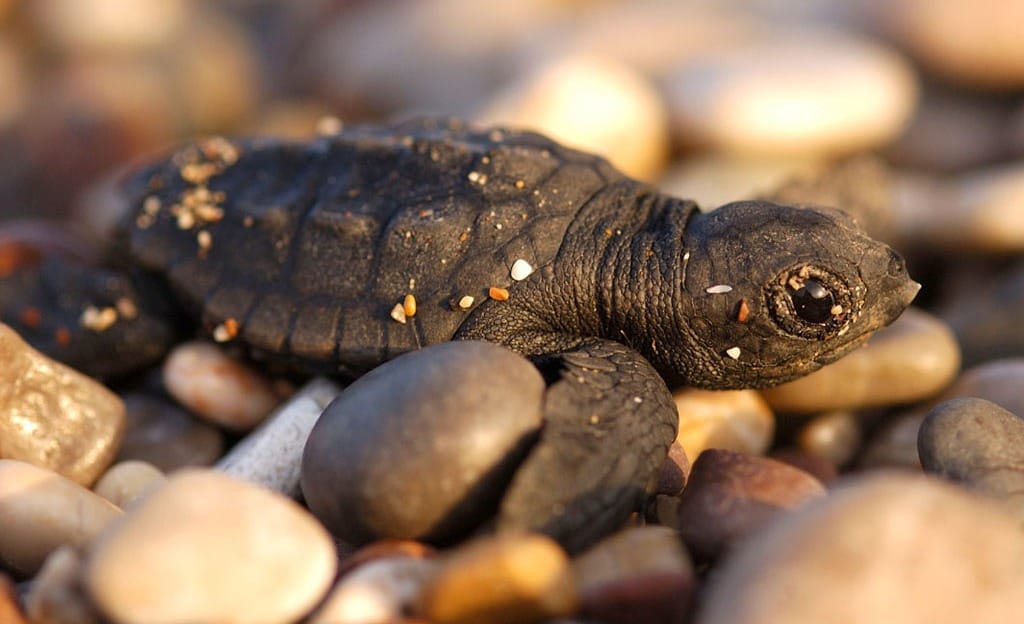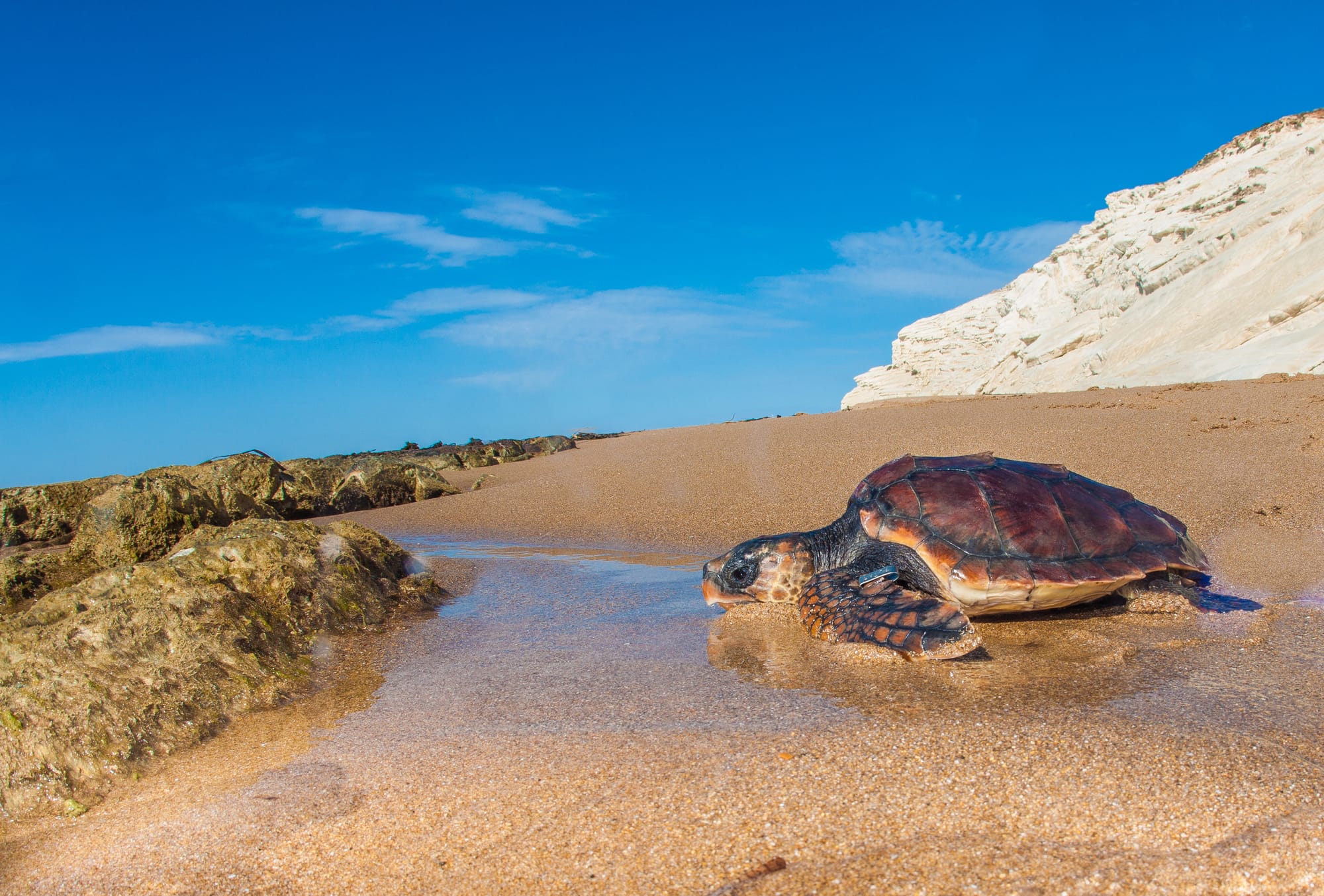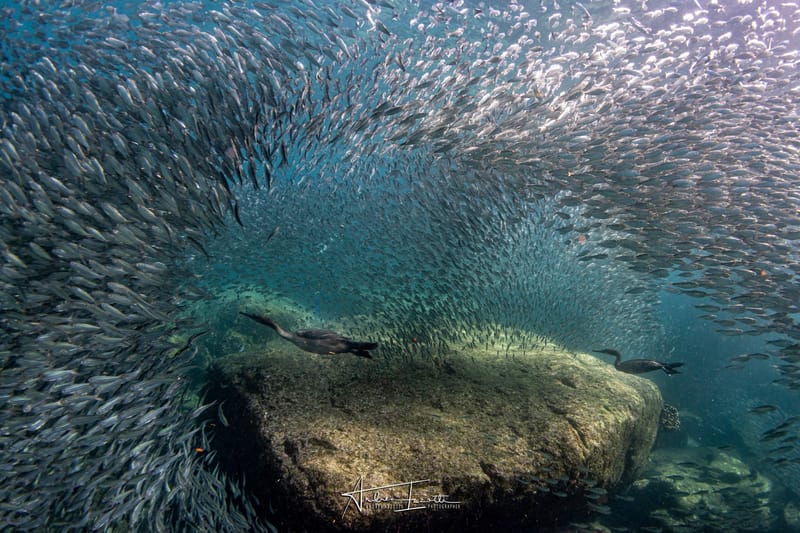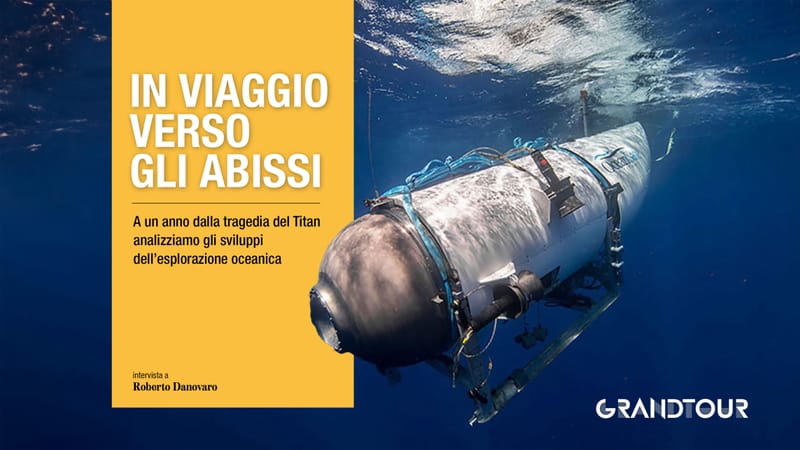Why are there (finally) so many sea turtle nests in Italy?
Climate change effects have something to do with it, already more than 100 depositions surveyed by WWF network. The most popular region? Sicily

The wonder of life renewing itself, Italian beaches hosting hundreds of Caretta carettanests. It will probably be a record-breaking summer. Because again this year -- from Tuscany to Sicily, Campania to Puglia -- sea turtle nesting is the order of the day. At the beginning of July, practically the "halfway point" of the breeding season, there are already more than 100 nests surveyed, secured and monitored by the WWF Sea Turtle Network, always in coordination with institutions (Coast Guard, Wildlife Departments, Anton Dohrn Zoological Station) or other associations.
But why is the trend growing? It has something to do with it, along with the success of operations to protect the species over the past two decades, climatic conditions:global warming has, in fact, raised the nesting range, once mainly relegated to the southeastern Mediterranean. And that today, instead, "reward" the coasts of the Boot: the lion's share is played, as always, by Sicily "The island of turtles," which has 80 nests (but in these hours other possible nests are being verified), about half in the province of Syracuse, the others in that of Ragusa, followed at a distance by Agrigento, Trapani, Catania, Palermo. Nearly 50 nests have been surveyed in Campania, where a dense network of associations supports the tireless work of the Anton Dohrn Zoological Station; 15 nests have been surveyed in Calabria by volunteers, mainly on the Ionian coast, 4 in Puglia and 2 in Basilicata (Policoro, MT) where the WWF Sea Turtle Recovery Center is active.
Through the OurNature campaign and its declination "GenerAzione Mare ," which is active every year to safeguard marine biodiversity, WWF is actively engaged in protecting sea turtles in the Mediterranean Sea, working to reduce marine pollution, preserve coastal habitats and raise public awareness. What's more, WWF directly protects the species with monitoring campaigns, identification and protection of nests, and with the work carried out by the recovery centers (Policoro, Molfetta, Torre Guaceto and Capo Rizzuto), which each year manage to provide rescue to hundreds of individuals in distress, just as they do care and rehabilitation centers, primarily the Turtle Point at the Anton Dohrn Zoological Station in Portici.

But all does not always go smoothly. Impact with fishing gear, plastic pollution (plastic fragments are increasingly found in the stomach contents of these animals) and loss of coastal habitats suitable for nesting are the most obvious and direct threats to sea turtles, to which climate change is added: the Mediterranean is warming faster than the global average. As the new WWF report "Boiling Mediterranean" denounces, in April 2023 the average sea surface temperature reached a new record high of 21.1°C.
Moreover, climate change is translating, according to researchers, into excessive feminization of newborns, with sex at birth being linked in large part to external temperature. With fewer and fewer male turtles, the survival of the species may thus hang in the balance.
Last year more than 200 nests were surveyed, secured and followed until the eggs hatched by volunteers from the WWF Turtle Project..






